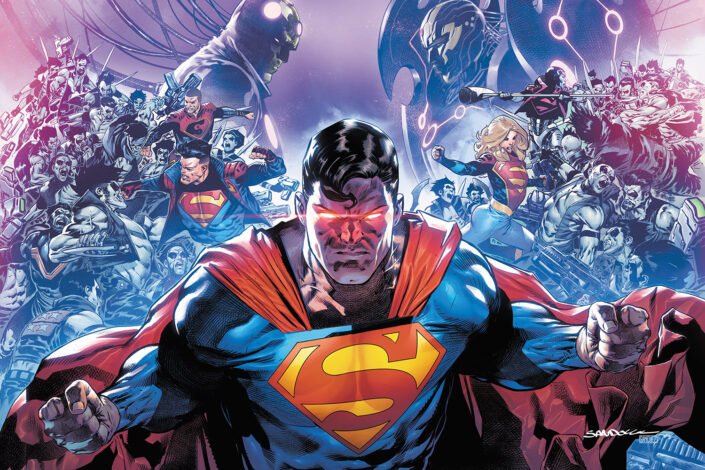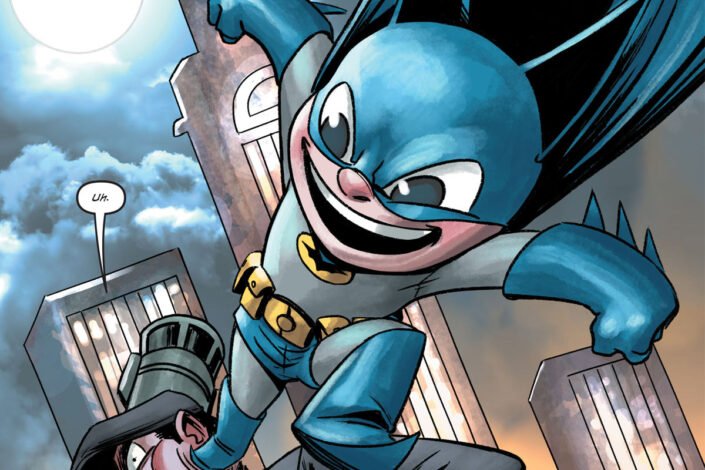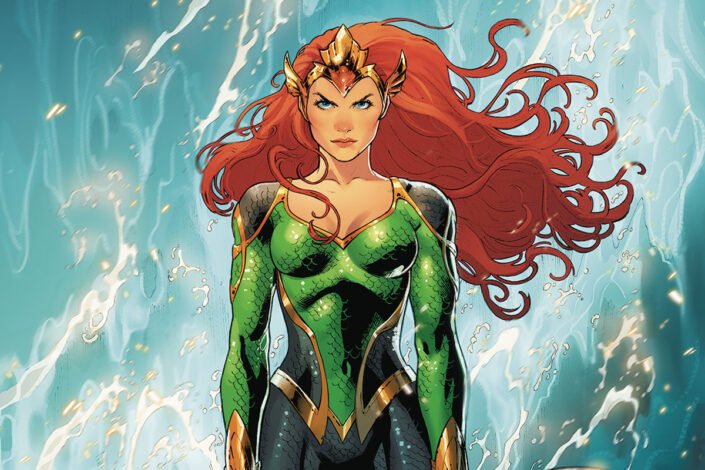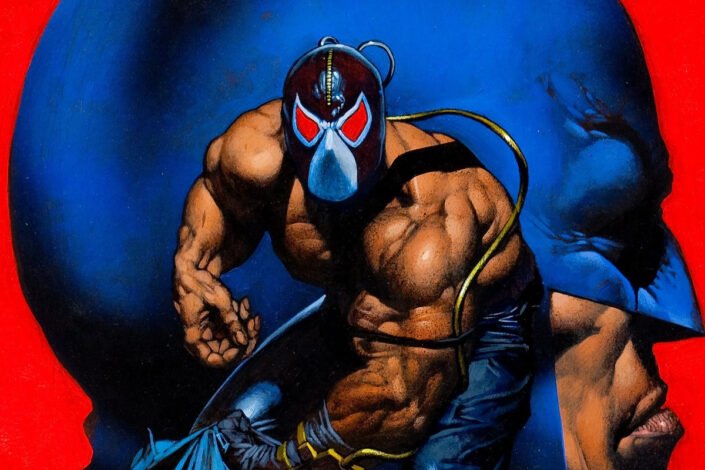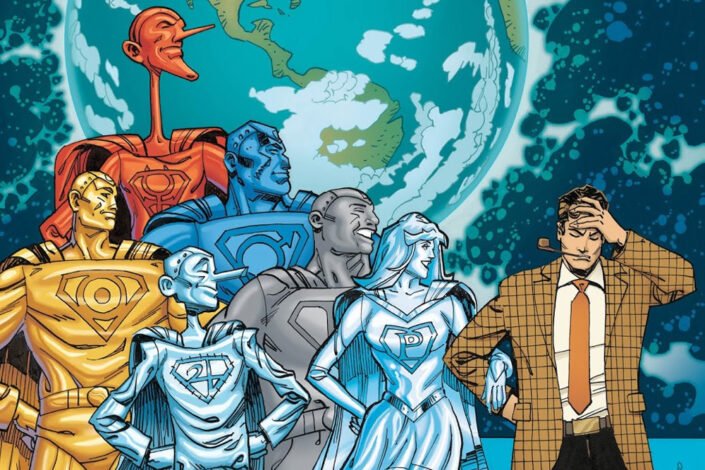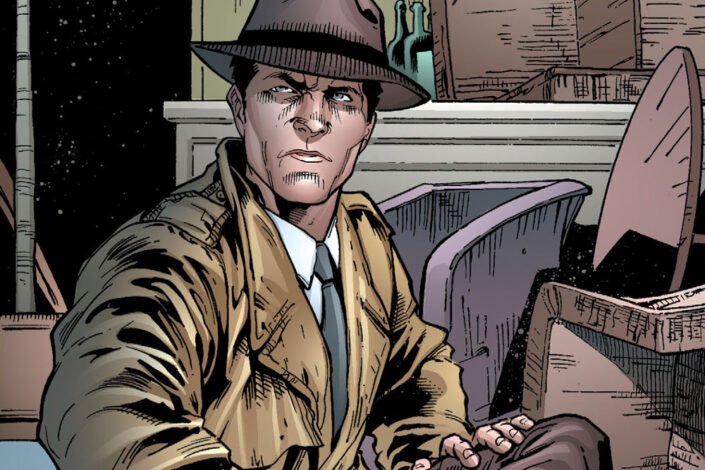Flash of Two Worlds, the comic book that introduced Earth-Two and the Multiverse
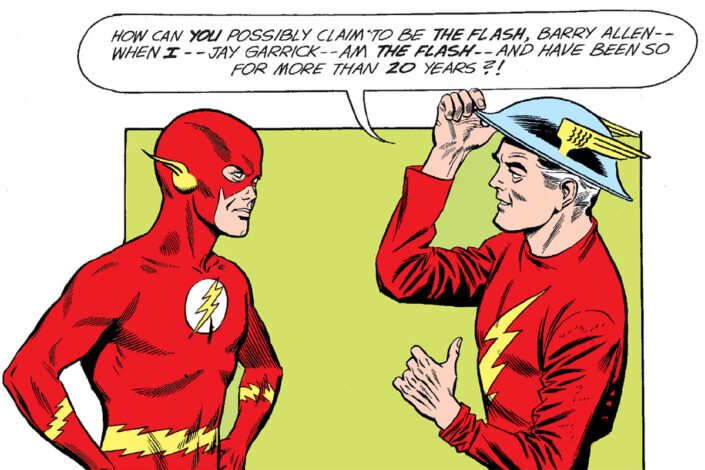
Just as the world outside was changing, the comic book industry was experiencing a shift in the sixties. The release of Stan Lee and Jack Kirby’s Fantastic Four #1 in November 1961 would lay the foundation for Marvel Comics as we know it today and change the superhero genre. A few months prior, DC Comics also put on sale an issue considered one of the most important comics in their history: The Flash #123.
Written by Gardner Fox and illustrated by Carmine Infantino and Joe Giella, the story Flash of Two Worlds introduced readers to the concept of a parallel Earth and paved the way for the multiverse which would inspire many writers for the following decades.
Read More »Flash of Two Worlds, the comic book that introduced Earth-Two and the Multiverse
